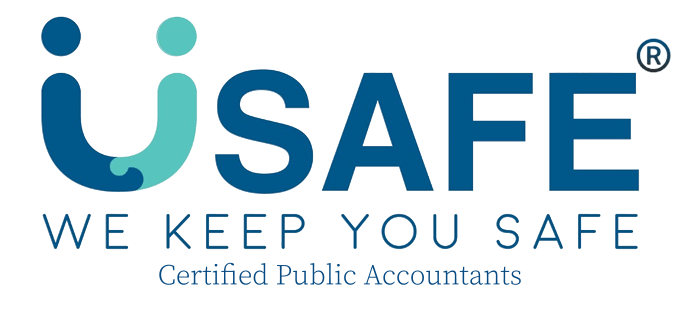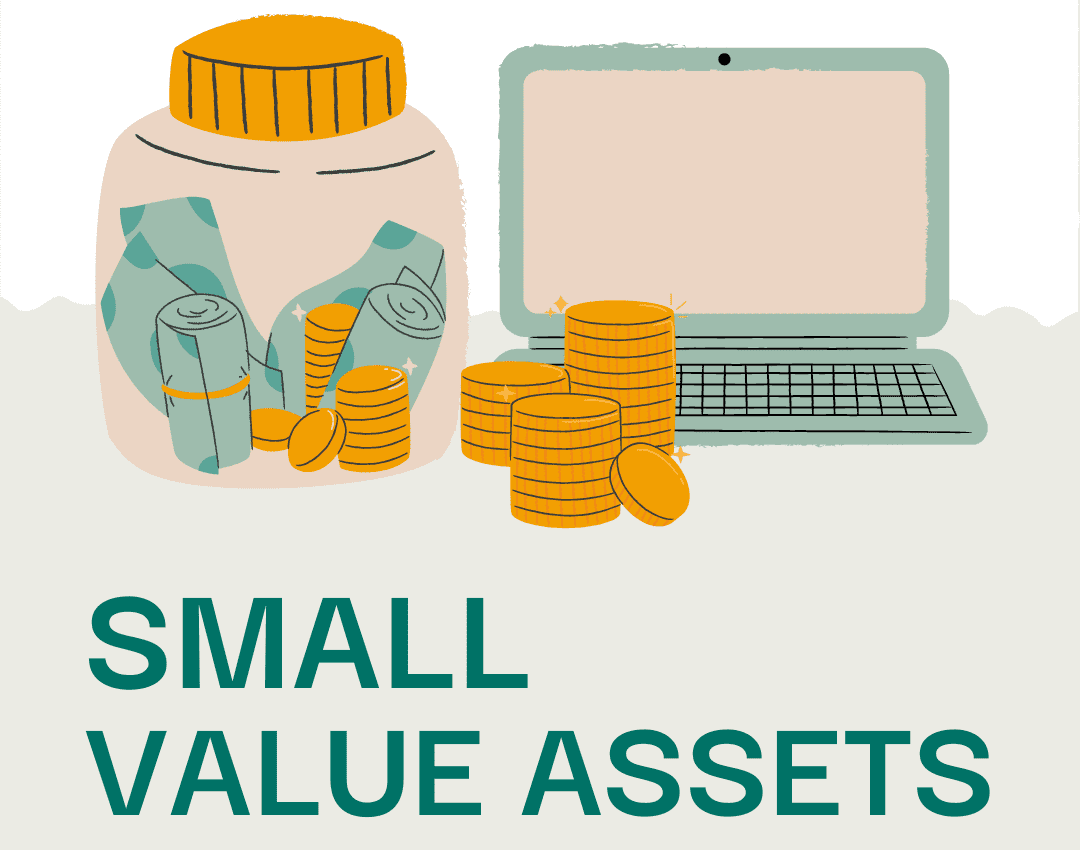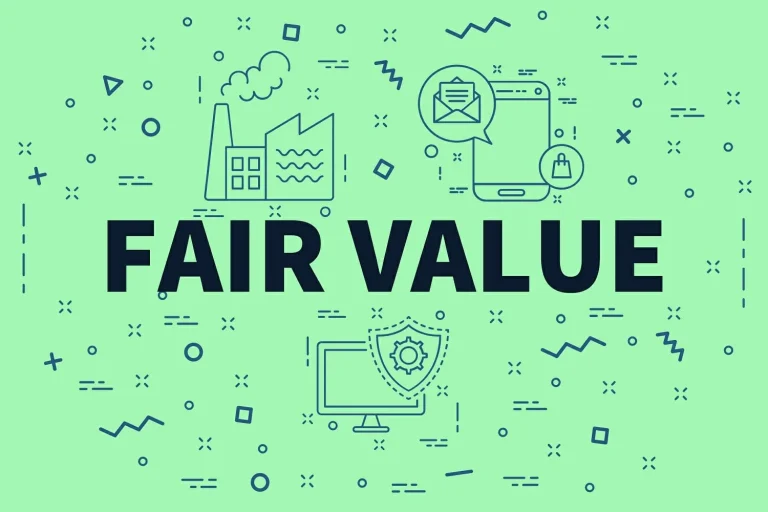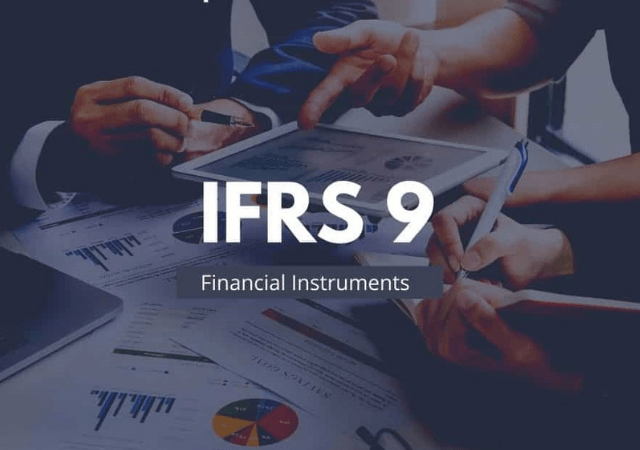Maximizing Tax Savings with IRAS Low-Value Assets Write-Off in Singapore
Introduction
Did you know that your business can write off low-value assets in just one year instead of spreading out the capital allowances over multiple years? The Low-Value Assets (LVA) Write-Off Scheme by the Inland Revenue Authority of Singapore (IRAS) allows companies to claim a 1-year capital allowance write-off for qualifying assets, helping businesses reduce taxable income and improve cash flow.
If your company regularly invests in office equipment, computers, machinery, or other small fixed assets, understanding how to maximize this tax incentive can lead to significant savings.
This article covers:
-
What qualifies as a low-value asset
-
How the 1-year write-off scheme works
-
Eligibility criteria and claim limits
-
Examples of tax savings under this scheme
-
Best practices to optimize tax deductions
What is a Low-Value Asset?
A low-value asset is any asset that:
-
Costs no more than S$5,000 per asset
-
Is used for business purposes
-
Qualifies for capital allowances under the Singapore Income Tax Act
Additionally, assets acquired under hire purchase agreements can qualify for the 1-year write-off on the instalments paid in any Year of Assessment (YA) if the original cost does not exceed S$5,000.
1-Year Write-Off vs. Multi-Year Capital Allowance Claims
The IRAS Low-Value Asset Scheme allows businesses to write off the total cost of eligible low-value assets within one year instead of the usual three years or the prescribed working life.
However, there is a cap of S$30,000 per YA for all low-value assets written off under this scheme.
What Happens if the Total Low-Value Asset Claim Exceeds S$30,000?
If your company’s total qualifying low-value assets exceed S$30,000 in a given YA, you can still claim capital allowances using:
-
2-year write-off (only for YAs 2021 and 2022 as part of Budget 2020 and 2021 incentives)
-
3-year write-off (default option under Section 19A of the Income Tax Act)
-
Over the prescribed working life of the asset
This flexibility ensures businesses can still enjoy tax deductions, even if they exceed the one-year write-off cap.
Example: 1-Year Write-Off of Low-Value Assets
To better understand how the LVA scheme works, consider the following example.
A company purchases seven units of equipment costing S$4,400 each in a financial year. Since each asset falls below the S$5,000 per item limit, they qualify for the 1-year write-off, provided the total claim does not exceed S$30,000 per YA.
If the company also has other assets purchased in previous years that were deferred or partially written off, those amounts can be included in the 1-year write-off claim. However, if the total exceeds S$30,000, the excess must be written off over two, three, or more years, depending on the capital allowance method chosen.
In this case, assuming six units of the asset qualify for the 1-year write-off, the company can claim S$26,400. If it has previously deferred claims of S$1,500 and an additional tax written-down value of S$2,000 from prior years, the total claimable under the 1-year write-off is S$29,900—within the S$30,000 cap.
Since the seventh unit of equipment would push the total claim beyond the limit, the company must claim capital allowances for that unit over two or more years instead of writing it off in a single year.
Who is Eligible for the Low-Value Asset Write-Off?
To qualify for the 1-year write-off for low-value assets, your business must:
-
Be a Singapore-registered company subject to corporate tax
-
Purchase assets that meet the low-value threshold of S$5,000 per asset
-
Ensure the total claim under this scheme does not exceed S$30,000 per YA
-
Maintain proper records and supporting documents to justify capital allowance claims
Benefits of the Low-Value Asset Write-Off Scheme
The Low-Value Asset (LVA) Write-Off Scheme provides several key benefits:
-
Reduces taxable income faster – Immediate write-off lowers your tax burden in the year of purchase
-
Improves cash flow – Less corporate tax payable means more funds available for reinvestment
-
Encourages reinvestment in business assets – Provides an incentive to upgrade business equipment regularly
How to Maximize Tax Savings Under the Low-Value Asset Scheme
To fully leverage this tax benefit, businesses should adopt the following strategies:
Plan Your Asset Purchases Strategically
If your company anticipates spending more than S$30,000 on low-value assets, consider spreading purchases over multiple financial years to fully utilize the 1-year write-off scheme each year.
Track and Document All Low-Value Asset Purchases
Maintain detailed records of invoices, asset descriptions, and payment proofs to support your capital allowance claims and ensure compliance with IRAS regulations.
Work with Tax Professionals for Optimized Tax Planning
If your business frequently invests in fixed assets, consulting with a tax professional can help you structure asset purchases and claims in the most tax-efficient manner.
Use Multi-Year Capital Allowance Claims for Excess Amounts
If your total low-value asset claims exceed S$30,000, ensure you claim the remaining capital allowances over two, three, or more years to continue enjoying tax deductions.
Conclusion: Take Advantage of the IRAS Low-Value Asset Scheme
The Low-Value Asset (LVA) Write-Off Scheme is a powerful tax incentive that helps Singapore businesses reduce tax liability and improve cash flow. By claiming a 1-year write-off for assets up to S$30,000 per YA, businesses can lower taxable income and reinvest in their operations more effectively.
To maximize your tax savings:
-
Ensure each asset costs S$5,000 or less
-
Track total claims to stay within the S$30,000 cap
-
Plan purchases strategically to spread tax benefits
If you need help optimizing your capital allowance claims, consult a tax professional to ensure you make the most of Singapore’s tax incentives while staying fully compliant with IRAS regulations.
Get Expert Guidance & Save More!
Don’t navigate the complexities of Singapore’s tax system alone. Our team of tax professionals can help you structure your startup for maximum tax savings while ensuring full compliance.
Contact us today to optimize your tax strategy and save more!
For more detailed information on compliance programmes and guidelines, please refer to IRAS’s official documentation and resources.
Disclaimer: This article is for informational purposes only and does not constitute any professional advice. Feel free to contact us to consult with our professional advisors team for personalized advice and guidance.






